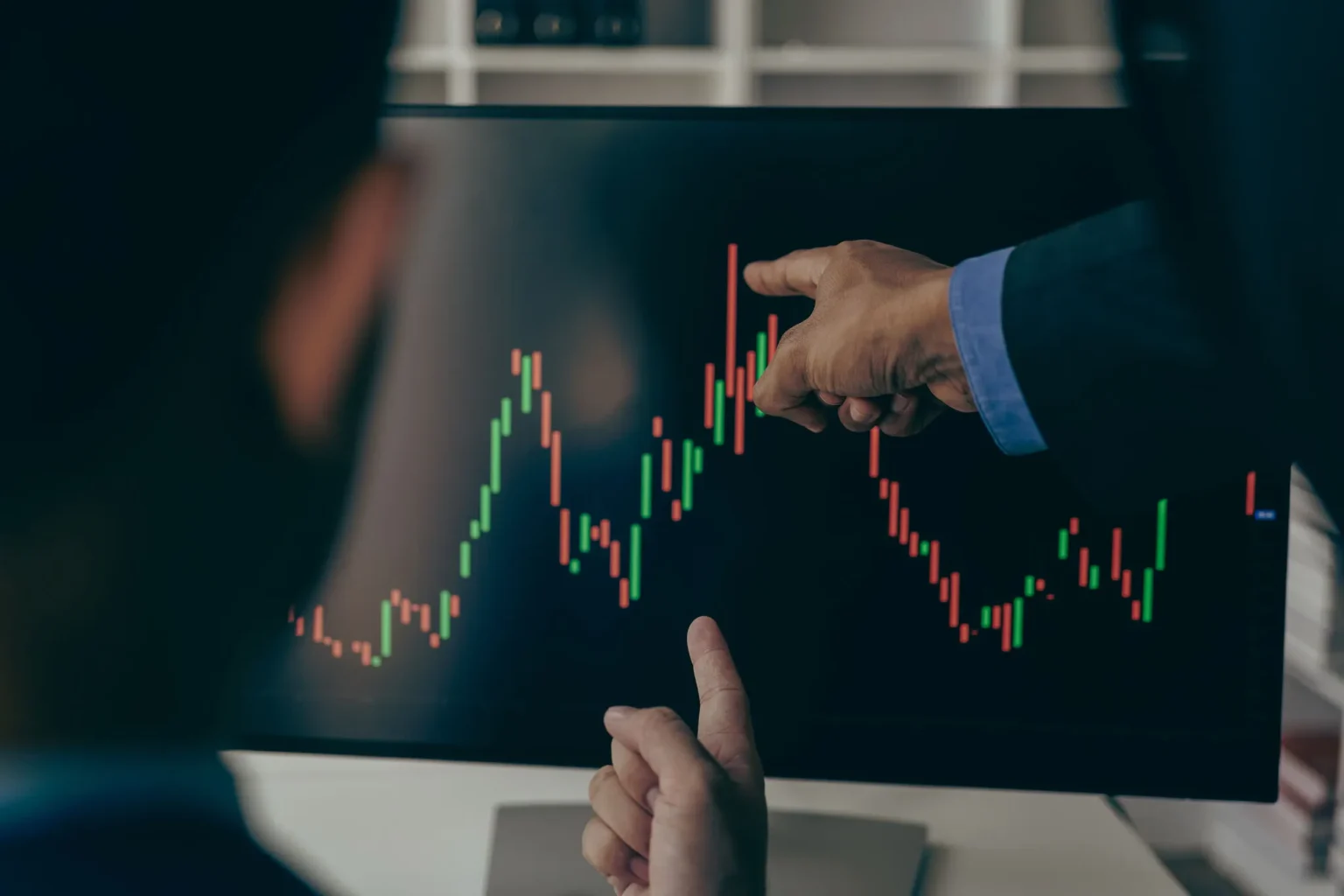In the annals of financial analysis, few indicators have demonstrated such a consistent ability to predict economic recessions in the United States as the inversion of the yield curve. This phenomenon, where short-term bond yields surpass long-term ones, has been a reliable harbinger of future economic contractions. Recently, markets witnessed one of the most prolonged curve inversions in history, raising questions about its infallibility and the timing of a potential recession. This article explores what an inverted yield curve is, why it’s considered a recession indicator, and its current status.
What Is a Yield Curve and Its Inversion?
A yield curve is a graph that plots the yields (interest rates) of bonds of the same credit quality but with different maturity dates. The most closely watched yield curve is that for U.S. Treasury debt. Typically, the yield curve slopes upward, meaning that bonds with longer maturities offer higher yields. This occurs because investors demand a larger premium (higher yield) for lending their money for longer periods, due to risks such as inflation and uncertainty about future interest rates.
An inversion of the yield curve occurs when this relationship flips: short-term bond yields become higher than long-term ones. For example, the yield on a 3-month Treasury bill might exceed that of a 10-year Treasury bond.
Why Does an Inverted Curve Signal a Recession?
The inversion of the yield curve reflects bond investors expectations of a future fall in longer-term interest rates, which typically happens during a recession. When investors anticipate an economic slowdown, they tend to move their capital from short-term investments to long-term bonds, seeking safety. This increased demand for long-term bonds raises their prices and, consequently, reduces their yields. Simultaneously, short-term interest rates may remain elevated or rise if the central bank is tightening monetary policy to combat inflation, a condition that often precedes a slowdown.
Historically, the inversion of the yield curve has been a remarkably reliable indicator. Since 1960, the spread between the 3-month and 10-year Treasury yield has inverted before every U.S. recession, with only one “false positive” recorded in 1966. 1 It’s important to note that the inverted curve doesn’t cause the recession; it reflects the collective pessimism of the market about future economic prospects.
Commonly Watched Spreads
Analysts often simplify yield curve interpretation by focusing on specific spreads between two maturities. The most common are:
- 10-Year / 3-Month Spread: Academic studies on the relationship between an inverted curve and recessions tend to focus on this spread.
- 10-Year / 2-Year Spread: Market participants frequently monitor this spread as a recession indicator.
Federal Reserve Chair Jerome Powell has expressed a preference for gauging recession risk by observing the difference between the current 3-month Treasury bill rate and the market’s pricing of derivatives that predict the same rate 18 months later.
The Current Status and the Recent Prolonged Inversion
The yield curve, specifically the 3-month/10-year spread, first inverted in the recent cycle in October 2022 and remained inverted until December 2024, marking the longest inversion in recent history. Despite this prolonged inversion, a recession had not materialized by early 2025.
Several factors might explain why a recession didn’t immediately follow the recent inversion. The U.S. economy demonstrated resilience, with robust labor markets, firm consumer spending, and solid business investment, suggesting the economy could withstand higher interest rates. Furthermore, the Federal Reserve had already begun a rate-cutting cycle while growth remained resilient, which may have eased some economic restriction. There’s also the possibility that estimates of the neutral interest rate (r-star) have risen, meaning markets might have previously mispriced long-term rates too low.
However, the absence of an immediate recession doesn’t invalidate the curve’s predictive power. Historically, there’s a lag between the inversion and the start of a recession. In the last four cycles, the curve un-inverted, on average, six months before a recession began. The current positive slope of the curve (after the December 2024 un-inversion) suggests optimism about a “soft landing,” where inflation continues to moderate without a severe economic downturn.
Nevertheless, caution remains. The fact that the inversion was so long and deep is a signal that cannot be ignored. History suggests that while the timing may vary, the warning sign of an inverted curve rarely fails to materialize. Therefore, investors and analysts should consider yield curve inversions alongside other economic indicators to assess the likelihood of a recession. A prolonged inversion, like the one recently observed, appears to be a more reliable recession signal than one that inverts briefly.
A Valuable, But Not Infallible, Indicator
The inverted yield curve remains one of the most respected leading indicators of recession. Its historical ability to predict economic slowdowns is impressive. Although the recent prolonged inversion has not yet resulted in a formal U.S. recession as of early 2025, historical precedent suggests the risk has not disappeared. The resilience of the American economy is an important factor, but the legacy of such a strong signal from the yield curve demands continued vigilance. No single economic indicator is infallible, but the inverted yield curve remains a crucial tool in any economic analyst’s arsenal.


